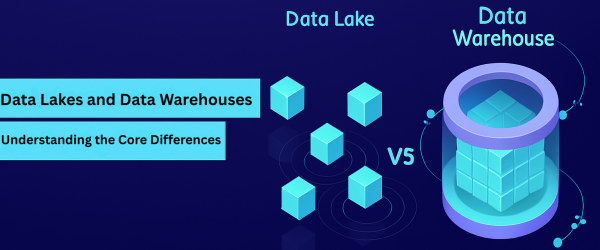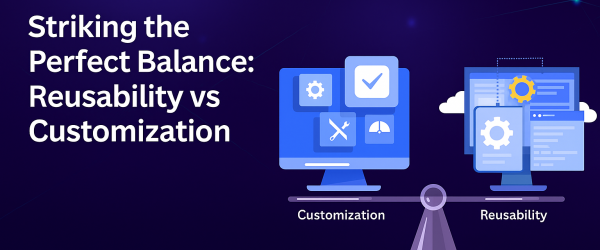Nowadays, businesses have access to an enormous amount of data, ranging from financial analytics records to customer files, inventory, and project details. To handle all this information, technology provides tools to store and organize it efficiently.
However, outdated systems or inefficient processes can hinder a business’s ability to make the most of its data and impact its overall performance negatively. Therefore, to help you identify if your analytics capabilities are holding you back, here are five warning signs.
- Reports that lack flexibility: One indication that your financial analytics and reporting may need improvement is inflexible reports. Most accounting and enterprise resource planning (ERP) software providers provide a range of pre-configured report templates to generate standard financial statements and reports. The ERP systems also include standard reports for other modules such as warehouse management and manufacturing execution, which can save time and money by eliminating the need to create commonly used reports from scratch. However, if your reporting templates and systems are inflexible, it may limit your ability to analyze and report on the information you need to make informed business decisions.
While having a set of pre-designed reports can be helpful, it is essential to note that a format that is suitable for one company may not be appropriate for another. For instance, financial statements may require customization to present data in various ways for different audiences. While the board of directors may be content with a condensed income statement, C-level executives may require more comprehensive information. - Using inadequate tools: Custom reports are often necessary in addition to the predefined reports that come with an accounting or ERP system. For example, a sales manager might want to investigate why a new product is not selling well in a particular region, or a company may require a specialized report to track performance specific to its business.
In the past, creating ad hoc reports demanded technical expertise, usually found within the IT department. Since their skills were in high demand, it often took weeks to create a new report. However, with today’s business pace, waiting for someone else to generate a report is no longer feasible. If building custom reports remains a laborious task or necessitates extra training, you may be missing opportunities to improve business performance. - Data is not easily accessible: If you have access to effective reporting tools, you can easily combine various data elements in unique ways. For example, you can bring together financial, production, and organizational data to assess the cost of producing a particular product at one location versus another. An ERP system provides easy access to data from various departments, making data collection effortless.
However, if your business uses separate systems or spreadsheets, it may not be possible to combine data. For instance, your current analytics solution may only have access to financial data and lack project management details due to differences in module architecture. This issue is also faced by users of less sophisticated ERP systems. - Limited KPIs: This can hinder an organization’s ability to manage and improve its performance. Key performance indicators (KPIs) are crucial for managers to track their teams’ progress in achieving specific objectives and identifying areas for improvement.
However, KPIs must be tailored to match the unique business model and objectives of each company. Even within the same industry, companies can have different goals and objectives. Many software providers only offer a few industry-specific KPIs, assuming they are sufficient for any business.
To effectively manage performance, it’s important to have the right KPIs. If your analytics tools don’t support industry-specific or custom KPIs, they won’t be useful for your business. - Rigid dashboards: Are another important tool for every member of an organization, including managers, as they display KPIs and help individual team members stay focused by alerting them to tasks that need attention. They also increase efficiency by making it easy to access important information upfront, so time is not wasted searching for frequently used reports or features.
However, it is crucial that team members from different departments only see information that is relevant to their jobs, and that individual employees can easily customize the dashboard to meet their specific needs. Dashboards that are difficult to tailor to specific roles or hard to personalize can be more of a hindrance than a help, and may not provide the insights and efficiencies needed for businesses.
In conclusion, any of the five areas outlined earlier can significantly affect the way businesses collect and utilize data for decision-making. To address these issues and enhance monitoring of a company’s financial and operational performance, explore the must-have financial dashboards.
Thank you for reading. For continued insights and in-depth discussions, please follow our blogs at Ezeiatech.







